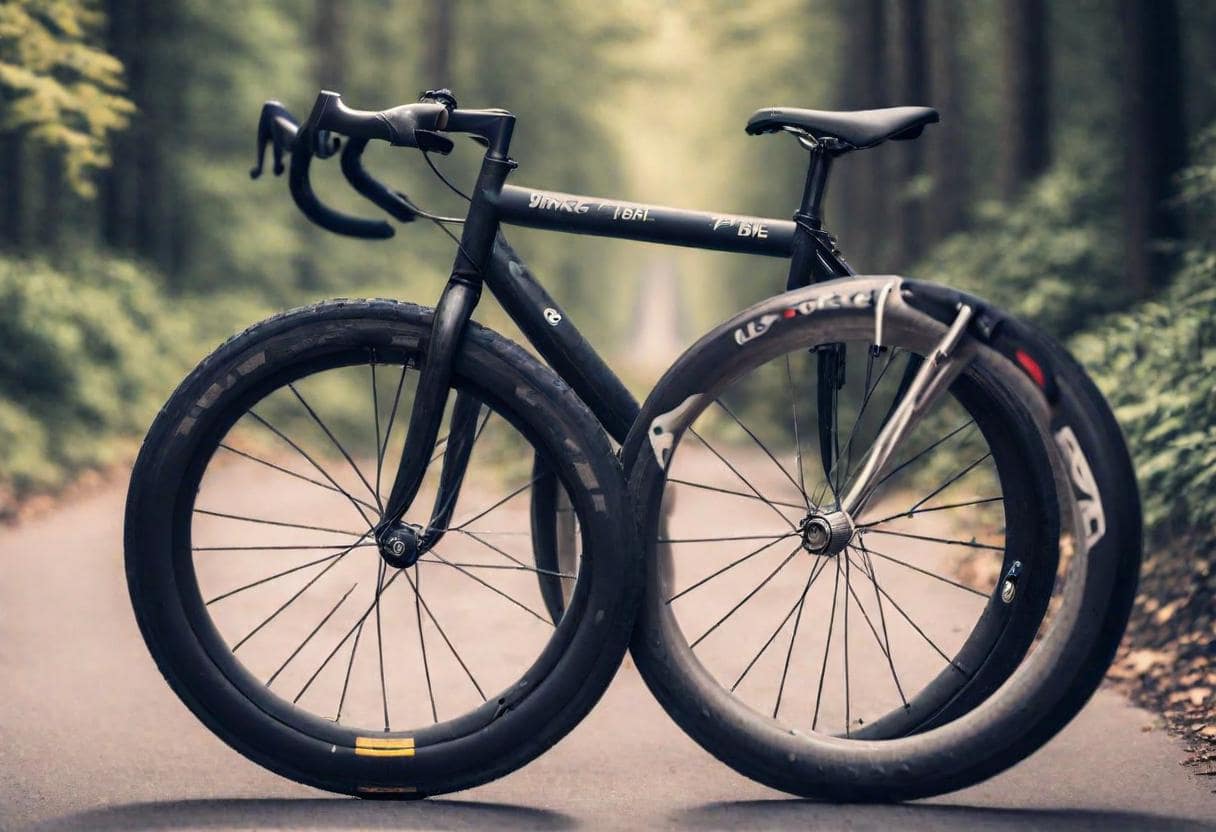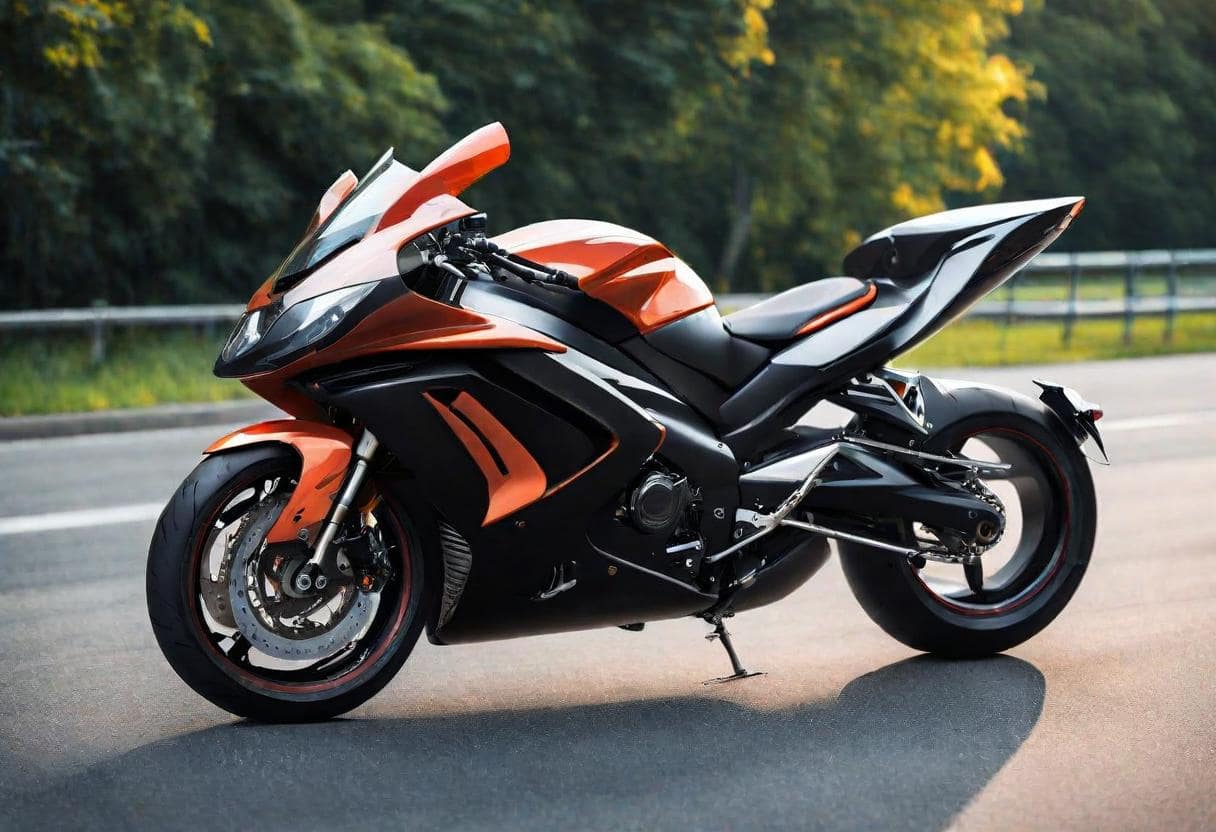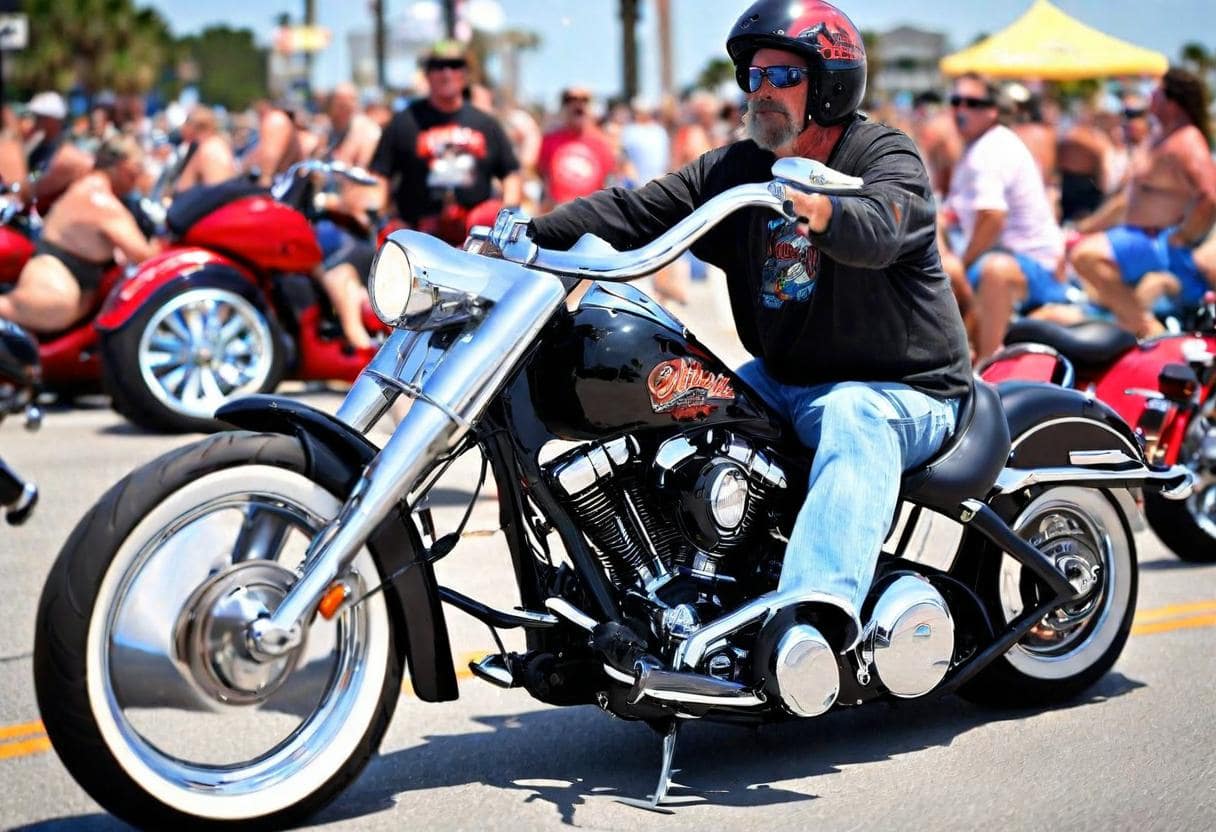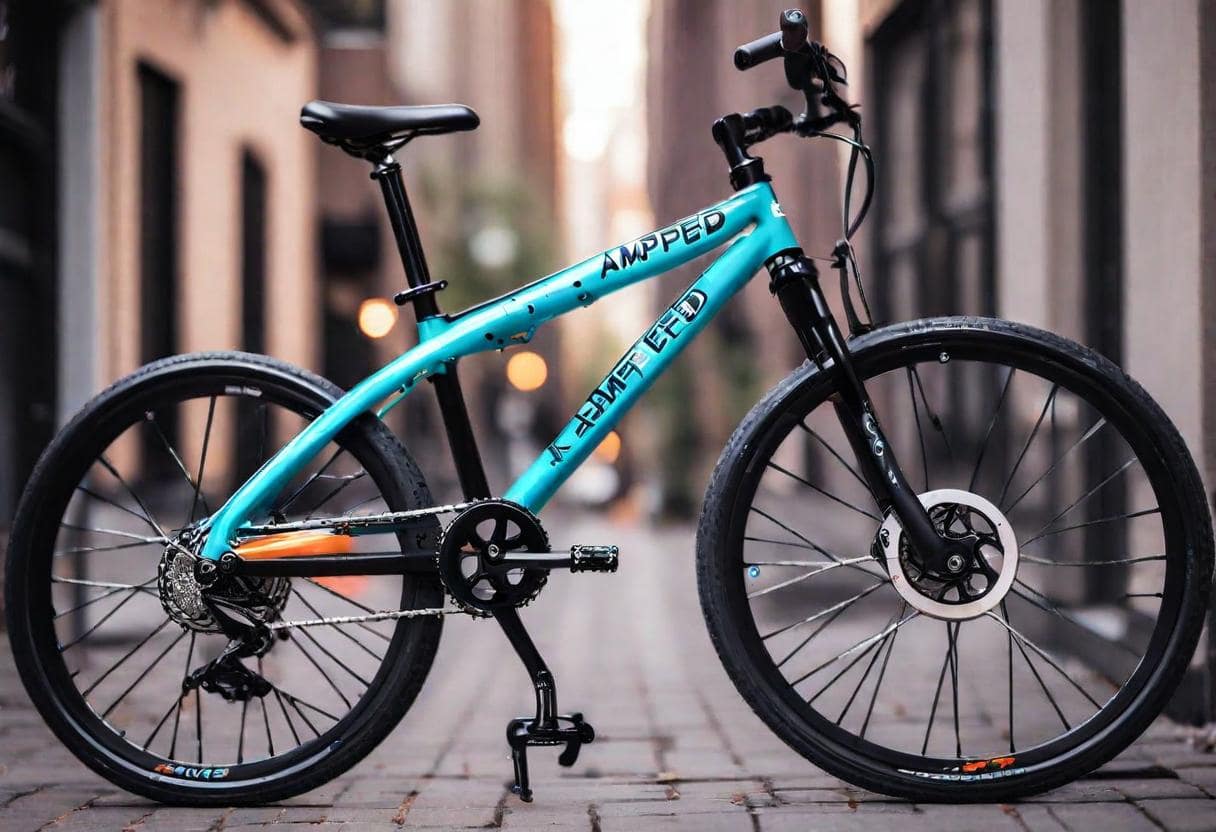Introduction
Bike tubes are essential components that keep your ride smooth and safe. Whether you’re a casual rider or a serious cyclist, understanding the importance of bike tubes and the factors that affect their cost is crucial. In this guide, we’ll explore everything you need to know about how much are bike tubes, helping you make informed decisions when it’s time to replace or upgrade your bike tubes.
Understanding Bike Tubes and Their Importance
To begin, let’s dive into what bike tubes are and why they matter so much to cyclists.
Definition of Bike Tubes
Bike tubes are the inflatable components that sit inside your bike tires, providing the necessary air pressure to support the tire and keep it rolling smoothly. They come in various sizes and types, each designed to fit specific bike models and riding conditions.
Importance of Bike Tubes for Cyclists
Bike tubes are vital for several reasons:
- Smooth Ride: They ensure a smooth ride by maintaining consistent tire pressure.
- Safety: Properly inflated tubes prevent flats and blowouts, enhancing safety.
- Performance: The right tubes can improve your bike’s performance, making it easier to ride.
Types of Bike Tubes Available in the Market
There are various types of bike tubes available, each suited for different biking needs:
- Standard Tubes: Made from butyl rubber, these are the most common and affordable.
- Latex Tubes: Lighter and more flexible, offering better performance but at a higher cost.
- Self-Sealing Tubes: Filled with a sealant to automatically repair small punctures.
- Tubeless Systems: Although not technically tubes, these systems are popular for their reduced risk of flats and improved ride quality.
Factors Influencing the Cost of Bike Tubes

Now, let’s look at what influences the cost of bike tubes. Several factors come into play, making some tubes more expensive than others.
Material of the Bike Tube
The material used in bike tubes significantly impacts their price:
- Rubber: Most standard tubes are made from butyl rubber, which is durable and affordable.
- Latex: These tubes are more expensive due to their lightweight and performance benefits.
Brand and Quality
The brand and quality of the bike tube also affect the cost:
- Reputable Brands: Brands like Schwalbe, Continental, and Michelin often come with a higher price tag but offer superior quality and reliability.
- Generic Brands: These can be more affordable but might lack the durability and performance of well-known brands.
Tube Size and Compatibility with Different Bike Types
The size and compatibility of the tube with different bike types also play a role in pricing:
- Road Bike Tubes: Typically more expensive due to their need for higher performance.
- Mountain Bike Tubes: Priced variably based on durability and puncture resistance.
- Hybrid Bike Tubes: Usually mid-range in cost, balancing performance and price.
- BMX Bike Tubes: Priced based on specific features and durability required for stunts and tricks.
Special Features
Some bike tubes come with special features that can drive up the cost:
- Puncture Resistance: Tubes with added puncture protection tend to be more expensive.
- Lightweight: Lightweight tubes, often made from latex, are pricier due to their performance benefits.
- Self-Sealing: Tubes with sealants inside to automatically repair punctures are more expensive.
Average Prices of Bike Tubes by Type

Understanding the average prices of different types of bike tubes can help you make better purchasing decisions. Each type of bike tube varies in price based on its design and intended use.
Road Bike Tubes: Average Costs and Features
Road bike tubes are designed for speed and performance. They are typically more expensive than other types due to their lightweight construction and specialized materials.
- Average Cost: Road bike tubes usually range from $5 to $20.
- Features: Lightweight, high-pressure tolerance, often made of butyl or latex.
- Popular Brands: Continental, Schwalbe, and Michelin.
Mountain Bike Tubes: Price Range and Key Characteristics
Mountain bike tubes need to be durable and resistant to punctures. Their prices can vary based on the level of protection they offer.
- Average Cost: Mountain bike tubes generally cost between $7 and $25.
- Features: Thick walls, puncture resistance, available in various sizes for different terrains.
- Popular Brands: Maxxis, Bontrager, and Vittoria.
Hybrid Bike Tubes: Typical Prices and Attributes
Hybrid bike tubes are designed to offer a balance between performance and durability, catering to both road and light off-road conditions.
- Average Cost: These tubes typically cost from $6 to $18.
- Features: Versatile, mid-weight, suitable for a variety of surfaces.
- Popular Brands: Kenda, CST, and Specialized.
BMX Bike Tubes: Cost and Specific Features
BMX bike tubes are built to withstand the rigors of stunts and tricks. They are usually more robust to handle impacts.
- Average Cost: BMX bike tubes range from $4 to $15.
- Features: Thick and durable, designed for high impact and frequent use.
- Popular Brands: Odyssey, Fit Bike Co., and Kink.
Comparing Prices from Different Retailers
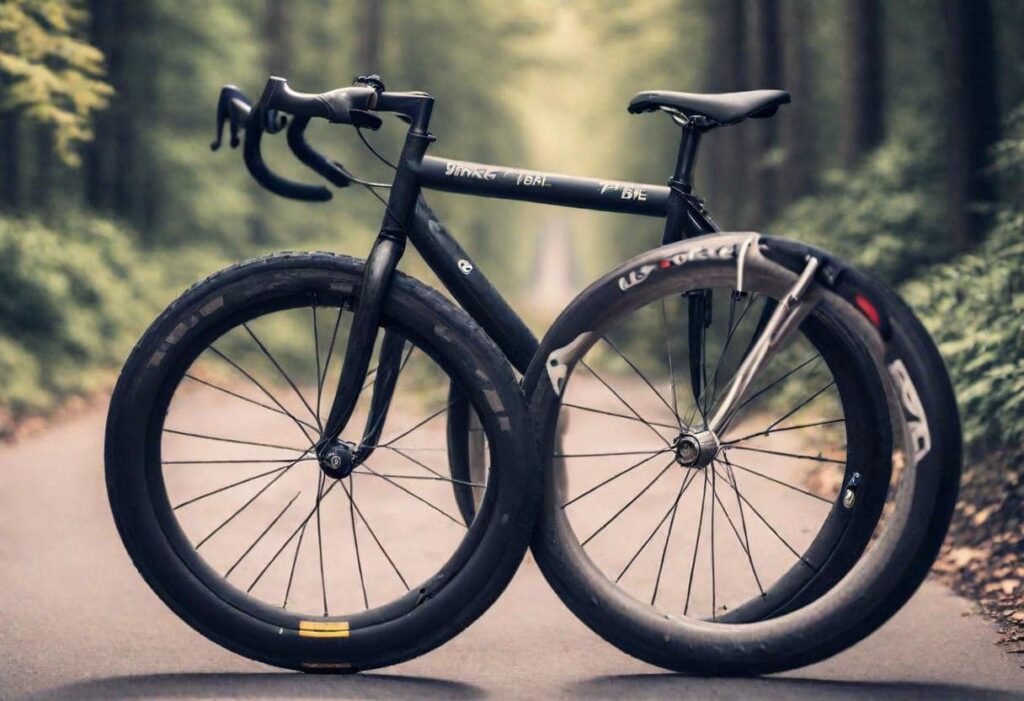
When buying bike tubes, comparing prices from different retailers can help you find the best deals. Here’s a look at how prices vary across online retailers and local bike shops.
Online Retailers vs. Local Bike Shops: Pros and Cons
- Online Retailers:
- Pros: Often cheaper, more variety, convenient shopping.
- Cons: Shipping costs, potential for delays, no immediate assistance.
- Local Bike Shops:
- Pros: Immediate purchase, expert advice, support local businesses.
- Cons: Higher prices, limited selection.
Price Comparison of Popular Bike Tube Brands
Comparing popular brands can also help you find the best deals. Here’s a brief comparison of some well-known brands and their average prices:
- Continental: Known for quality and performance, prices range from $8 to $15.
- Schwalbe: Offers durability and reliability, prices range from $10 to $20.
- Maxxis: Popular for mountain bikes, prices range from $9 to $25.
Seasonal Discounts and Promotional Offers
Taking advantage of seasonal discounts and promotional offers can save you money. Keep an eye out for:
- Holiday Sales: Look for deals around major holidays like Memorial Day, Fourth of July, and Black Friday.
- Clearance Sales: End-of-season sales can offer significant discounts as retailers make room for new inventory.
- Coupons and Promo Codes: Many online retailers offer coupons and promo codes that can reduce costs.
Tips for Choosing the Right Bike Tube Within Your Budget
Selecting the right bike tube doesn’t have to break the bank. Here are some practical tips to help you choose wisely.
Assessing Your Cycling Needs and Frequency of Use
First, consider your cycling habits:
- Casual Riders: If you ride occasionally, standard tubes will suffice.
- Frequent Cyclists: If you ride daily or on rough terrain, invest in more durable, puncture-resistant tubes.
Balancing Quality and Cost: What to Look for in a Budget-Friendly Tube
Balancing quality and cost is key:
- Material: Butyl rubber is a good balance of durability and affordability.
- Brand: Opt for reputable brands that offer mid-range prices.
- Features: Prioritize features like puncture resistance and compatibility with your bike type.
Maintenance Tips to Extend the Life of Your Bike Tube
Proper maintenance can extend the life of your bike tube, saving you money in the long run:
- Regular Inspections: Check your tubes for wear and tear regularly.
- Proper Inflation: Keep your tubes properly inflated according to manufacturer recommendations.
- Patch Kits: Carry a patch kit for quick fixes on the go.
Conclusion
Understanding the various factors that affect bike tube prices, from materials to brands and features, helps you make informed decisions for your cycling needs. Whether you’re a casual rider or a serious cyclist, choosing the right tube within your budget ensures a smooth, safe ride. Comparing prices between retailers and taking advantage of discounts can also save you money. By properly maintaining your bike’s tubes, you can extend their life and enhance your biking experience. With this comprehensive guide, you’re now equipped to find the perfect bike tube, effectively balancing quality and cost. Happy riding!
FAQs
How Long Do Bike Tubes Last?
Bike tubes can last anywhere from several months to a few years, depending on usage and maintenance. Factors such as riding frequency, terrain, and proper inflation impact their lifespan. Regular inspections and avoiding rough surfaces can extend their life. However, even with minimal use, tubes can deteriorate over time due to environmental factors. It’s essential to replace them when they show signs of wear, such as cracks or frequent air loss, to ensure a safe ride.
Can You Replace a Bike Tube?
Yes, you can replace a bike tube, and it’s a straightforward process. Start by removing the wheel from your bike and deflating the old tube. Use tire levers to take off the tire, then pull out the damaged tube. Insert the new tube, ensuring it’s properly seated, and re-mount the tire. Inflate the tube to the recommended pressure and reattach the wheel. Having a spare tube and basic tools can make this task easier, especially during a ride.
What Are the Tubes on a Bike Called?
The tubes inside bike tires are commonly referred to as inner tubes. These tubes are crucial for maintaining tire pressure and providing a cushion against impacts. Inner tubes come in various sizes and materials, suited for different types of bikes, including road, mountain, hybrid, and BMX bikes. They work by holding air and maintaining the tire’s shape, ensuring a smooth and safe ride. Proper maintenance of inner tubes is essential for optimal bike performance.
What Tube Do I Need for My Bike?
To determine the right tube for your bike, check the tire size indicated on the sidewall of your bike tire. This size includes two numbers, representing the tire’s diameter and width (e.g., 700x25c for road bikes). Additionally, consider the valve type—Schrader or Presta—compatible with your bike’s rim. For specific riding conditions, choose tubes with features like puncture resistance or lightweight materials. Consulting your bike’s manual or a local bike shop can also help ensure you select the correct tube.

